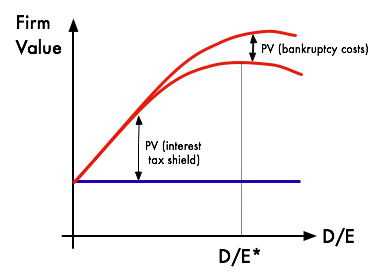The measurement of altitude in international aviation (the flight level unit) is one of the few areas where the foot is used outside the English-speaking world. Following the Roman withdrawal and Saxon invasions, the Roman foot continued to be used in the construction crafts while the Belgic foot was used for land measurement. Both the Welsh and Belgic feet seem to have been based on multiples of the barleycorn, but by as early as 950 the English kings seem to have (ineffectually) ordered measures to be based upon an iron yardstick at Winchester and then London. Henry I was said to have ordered a new standard to be based upon the length of his own arm and, by the c. 1300 Act concerning the Composition of Yards and Perches[20] traditionally credited to Edward I or II, the statute foot was a different measure, exactly 10/11 of the old (Belgic) foot. The differences among the various physical standard yards around the world, revealed by increasingly powerful microscopes, eventually led to the 1959 adoption of the international foot defined in terms of the meter.
The measures of Iron Age Britain are uncertain and proposed reconstructions such as the Megalithic Yard are controversial. Later Welsh legend credited Dyfnwal Moelmud with the establishment of their units, including a foot of 9 inches. The Belgic or North German foot of 335 mm (13.2 in) was introduced to England either by the Belgic Celts during their invasions prior to the Romans or by the Anglo-Saxons in the 5th and 6th century. Everyday global (civilian) air traffic / aviation continues to be controlled in flight levels (flying altitudes) separated by thousands of feet (although typically read out in hundreds – e.g. flight level 330 actually means 33,000 feet, or about 10 kilometres in altitude).
Foot (unit)
Your foot is like your leg’s hand, and a foot is twelve inches. The 1959 agreement concluded a series of step-by-step events, set off in particular by the British Standards Institution’s adoption Foot Definition of a scientific standard inch of 25.4 millimetres in 1930. Improve your vocabulary with English Vocabulary in Use from Cambridge.Learn words you need to communicate with confidence.
After the fall of the Roman Empire, some Roman traditions were continued but others fell into disuse. In AD 790 Charlemagne attempted to reform the units of measure in his domains. His units of length were based on the toise and in particular the toise de l’Écritoire, the distance between the fingertips of the outstretched arms of a man.[15] The toise has 6 pieds (feet) each of 326.6 mm (12.9 in). A foot is also a unit for measuring length, equal to 12 inches or 30.48 centimetres. The main one is that thing below your ankle — people have feet, and so do many animals. The lower part of a bed is the foot of the bed — the foot of a mountain is also where you would expect it.
have one foot in something
When the international foot was defined in 1959, a great deal of survey data was already available based on the former definitions, especially in the United States and in India. The small difference between the survey foot and the international foot would not be detectable on a survey of a small parcel, but becomes significant for mapping, or when the state plane coordinate system (SPCS) is used in the US, because the origin of the system may be hundreds of thousands of feet (hundreds of miles) from the point of interest. Hence the previous definitions continued to be used for surveying in the United States and India for many years, and are denoted survey feet to distinguish them from the international foot. The United Kingdom was unaffected by this problem, as the retriangulation of Great Britain (1936–62) had been done in meters. Historically, the “foot” was a part of many local systems of units, including the Greek, Roman, Chinese, French, and English systems.
Paying for something is footing the bill, and footing up a column of numbers is adding them up. An ISO 2848 measure of 3 basic modules (30 cm) is called a “metric foot”,[citation needed] but there were earlier distinct definitions of a metric foot during metrication in France and Germany. Originally both the Greeks and the Romans subdivided the foot into 16 digits, but in later years, the Romans also subdivided the foot into 12 unciae (from which both the English words “inch” and “ounce” are derived). The Greek foot (πούς, pous) had a length of 1/600 of a stadion,[11] one stadion being about https://accounting-services.net/basic-accounting-concepts-accountingtools/ 181.2 m (594 ft);[12] therefore a foot was, at the time, about 302 mm (11.9 in). Its exact size varied from city to city and could range between 270 mm (10.6 in) and 350 mm (13.8 in), but lengths used for temple construction appear to have been about 295 mm (11.6 in) to 325 mm (12.8 in); the former was close to the size of the Roman foot. Historically, the human body has been used to provide the basis for units of length.[8] The foot of an adult Caucasian male is typically about 15.3% of his height,[9] giving a person of 175 cm (5 ft 9 in) a foot-length of about 268 mm (10.6 in), on average.


